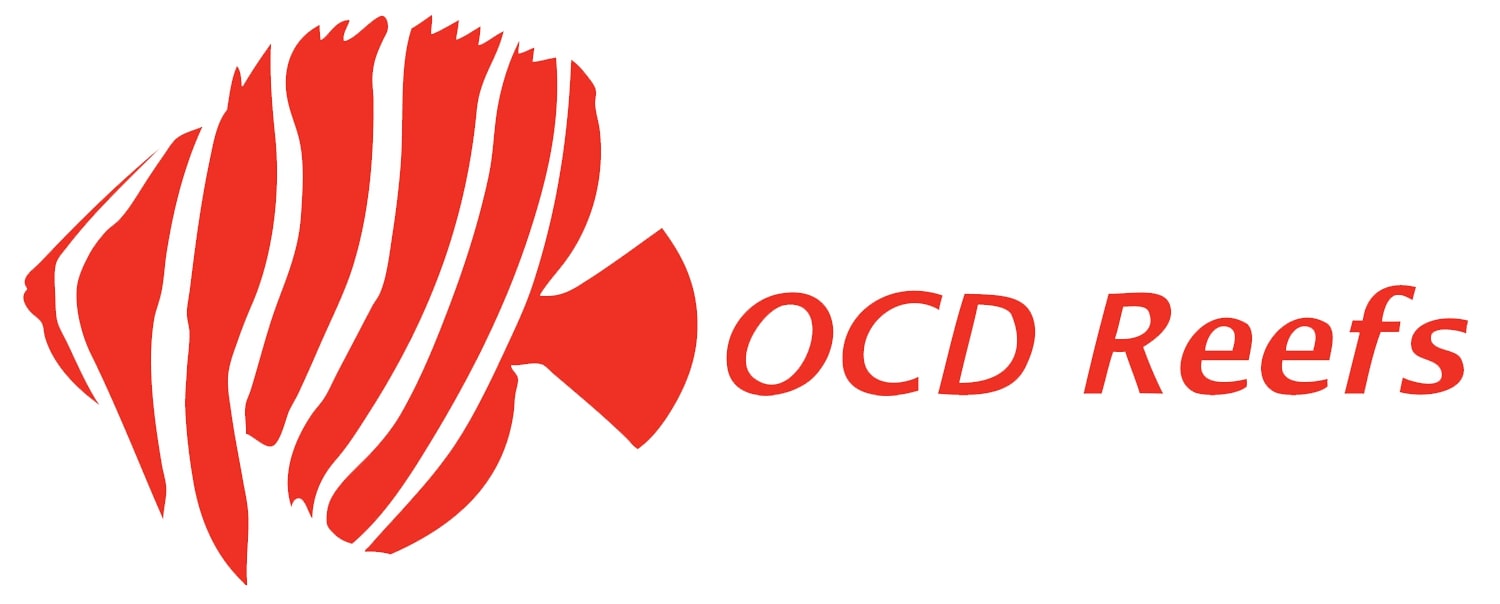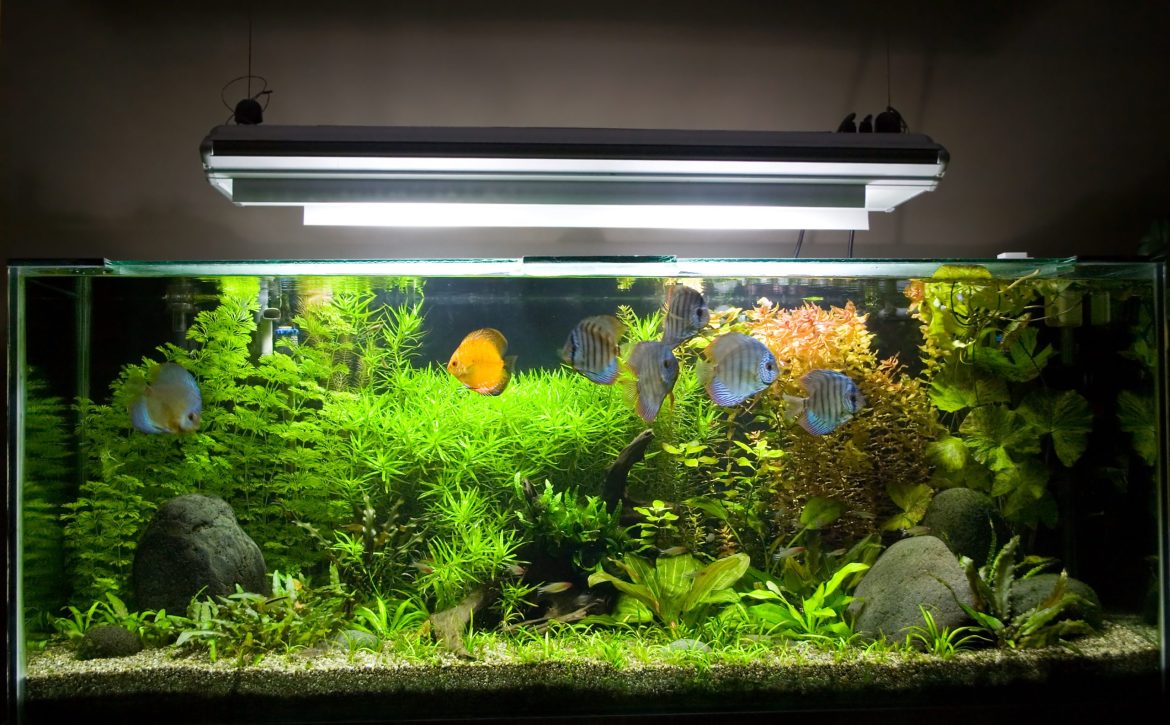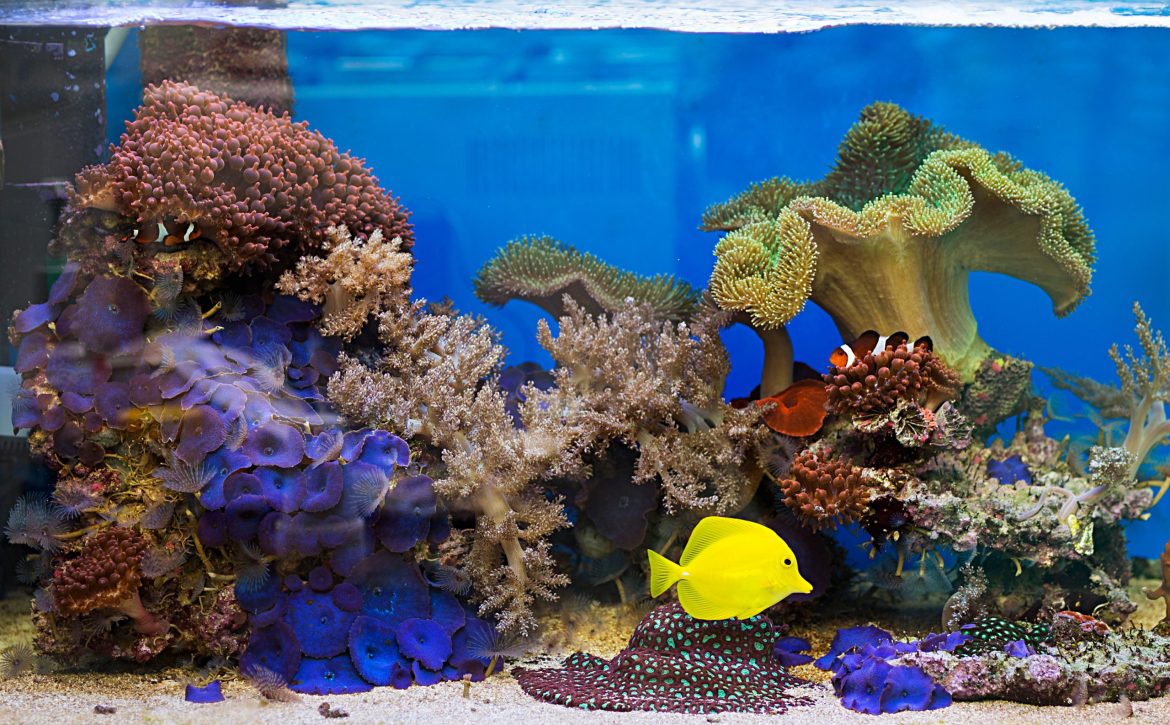Do’s and Don’ts When Designing Your Aquarium
Building an aquarium is something anyone can do. A quality aquarium, however, considers the specific needs of the fish and other aquatic creatures inhabiting it. Quality aquariums factor in the size and shape of the tank, the type of filtration system, the lighting, and even the placement of decorations, creating a comfortable and healthy environment for your fish.
When choosing an aquarium, the first thing to do is be sure to pick the appropriate size for the number and type of fish you plan to keep. A small tank might be cute, but your fish will be cramped and unhappy if it’s too small. Likewise, a large tank might be impressive, but your fish will suffer if it needs to be appropriately filtered and lit.
Your filtration system is one of the most critical aspects of aquarium health. It will keep the water clear and clean, and it will also help to oxygenate the water. Be sure to choose a filter that is sized appropriately for your tank and easy to maintain.
Lighting is another important element of your aquarium design. The light you use will determine how well your fish can see and affect their mood and behavior. Be sure to choose a bright light for your fish to see but not so bright that it bothers them.
Finally, when considering your aquarium design, be sure to think about the placement of decorations. While putting all of your rocks and plants in one corner might be tempting, this can stress out your fish. Instead, create a natural-looking environment by placing decorations in different areas of the tank. This will give your fish plenty of places to hide and explore and help keep them healthy and happy.
Dont’s When Building a Tank.
When setting up an aquarium, you’ll want to avoid a few things if you want your fish to stay healthy and happy. Here are four of the most common mistakes people make when designing their aquariums:
1. Not Planning Ahead
Common mistakes people make when setting up an aquarium is not planning. Before you go out and buy all the fish, equipment, and decorations for your new tank, take some time to plan what you want your aquarium to look like and what type of fish you want to keep. This will help you avoid impulsive purchases that could cost you more money in the long run.
2. Not Cycling Your Tank
Another mistake that novice aquarium owners make is not cycling their tank before adding fish. Cycling your tank means allowing the beneficial bacteria in your filter to build up so they can break down the waste produced by your fish. This process can take several weeks, so it’s important to be patient and wait to add fish until your tank is fully cycled.
3. Overfeeding Your Fish
Overfeeding your fish is the quickest ways to create a dirty, unhealthy aquarium. Fish only need a small amount of food each day, so be sure to give them only what they can eat in a few minutes. It’s also important to remove any uneaten food from the tank, so it doesn’t decompose and pollute the water.
4. Not Cleaning Your Tank Regularly
Another mistake leading to a dirty, unhealthy aquarium is not cleaning your tank regularly. It would be best to do a partial water change (about 20%) once a week and a complete gravel vacuum at least once a month. According to the manufacturer’s directions, it would be best if you also cleaned any equipment, such as filters and pumps. Following these simple tips can avoid common mistakes leading to an unhealthy aquarium.
If you already have an aquarium that is not functioning correctly, we can help you troubleshoot the problem and get your tank back up and running. We offer advice on choosing the right fish for your tank or keeping your tank clean.
OCD Reefs provides a clean and professional environment where saltwater enthusiasts can feed their obsession. We offer high-quality saltwater aquarium installation and maintenance at a competitive price. Our store in Salt Lake City provides saltwater fish, coral, and aquarium supplies. With over 25 years of combined industry experience, we have built our business on honesty, reliability, and passion. We’re not here to make the sale. We are here to create a long-term relationship and earn your business. We believe in the value of customer relationships and will not stop working until the job is done. We are here to help you fuel your passion; stop by our store in Salt Lake City or give us a call to learn more.



